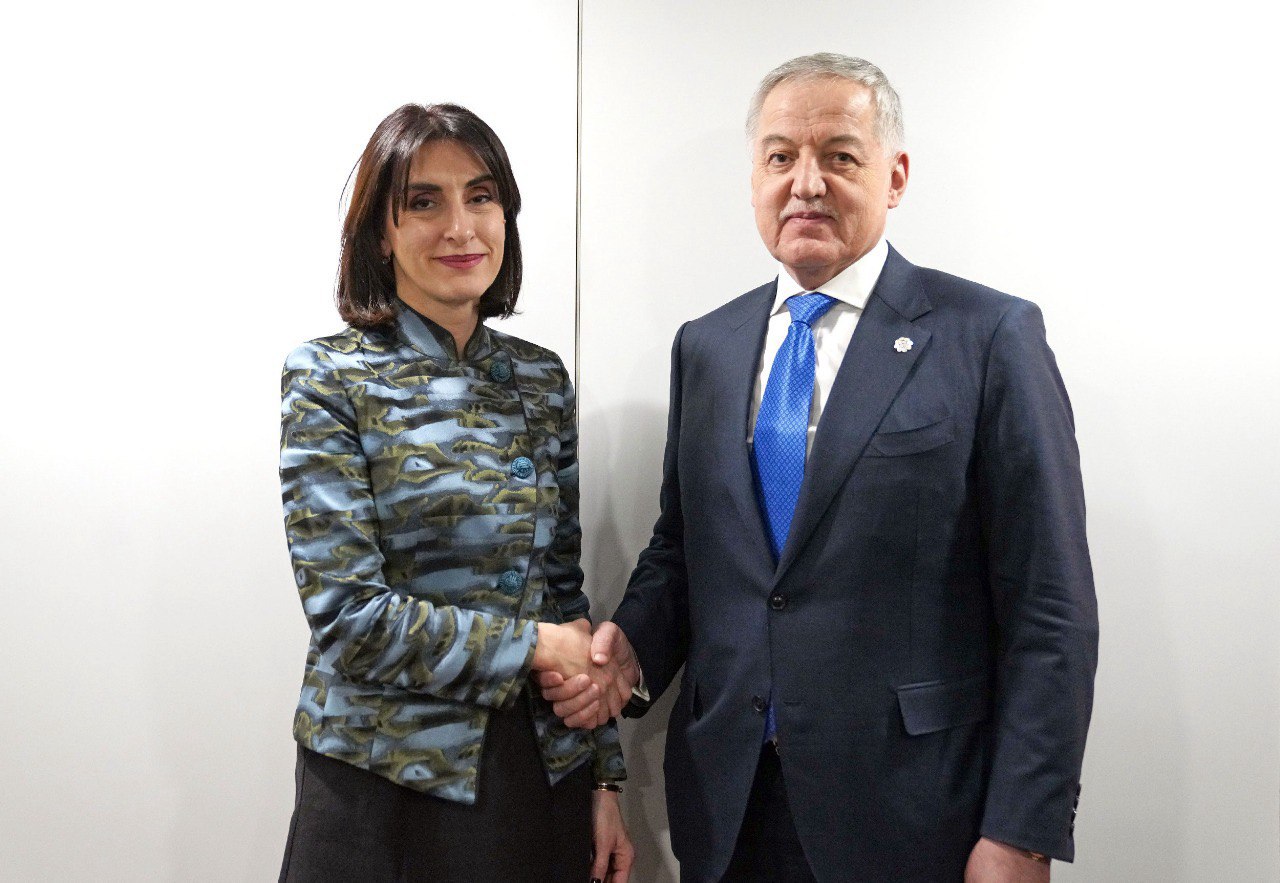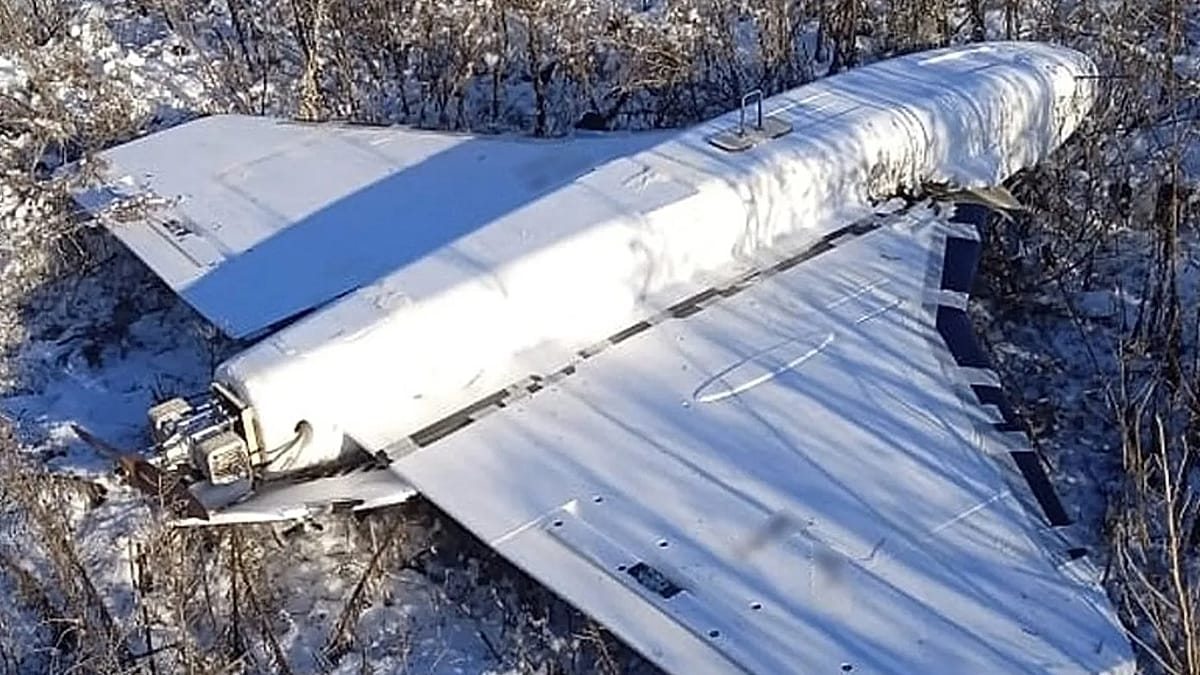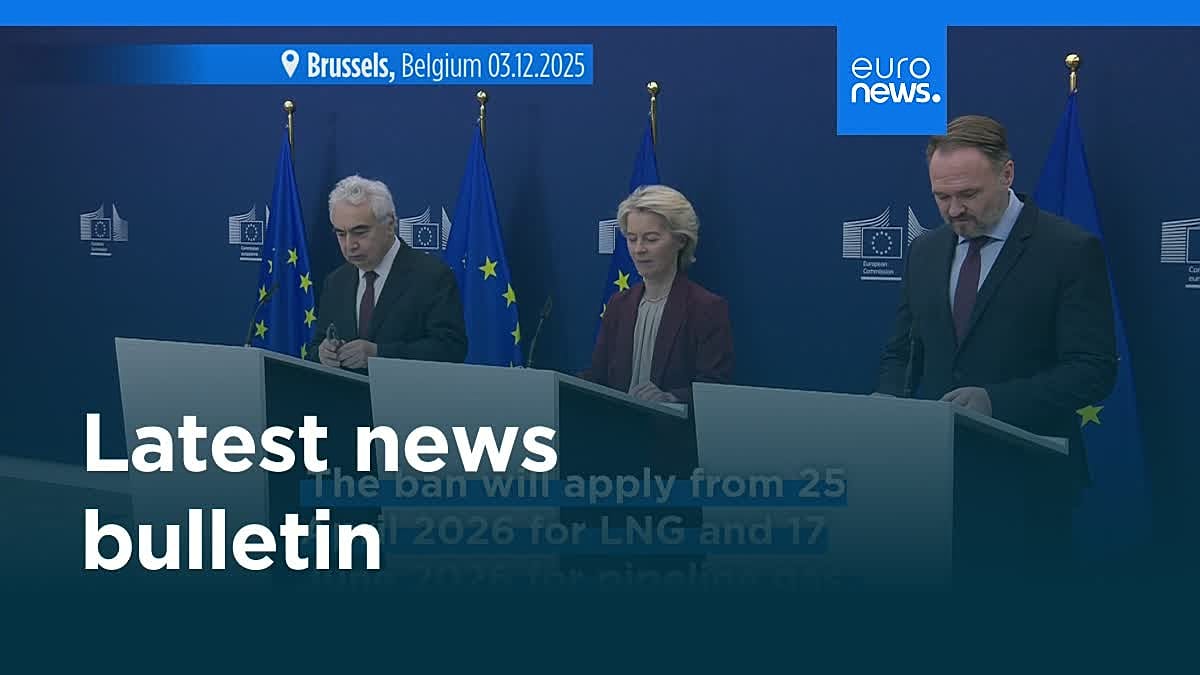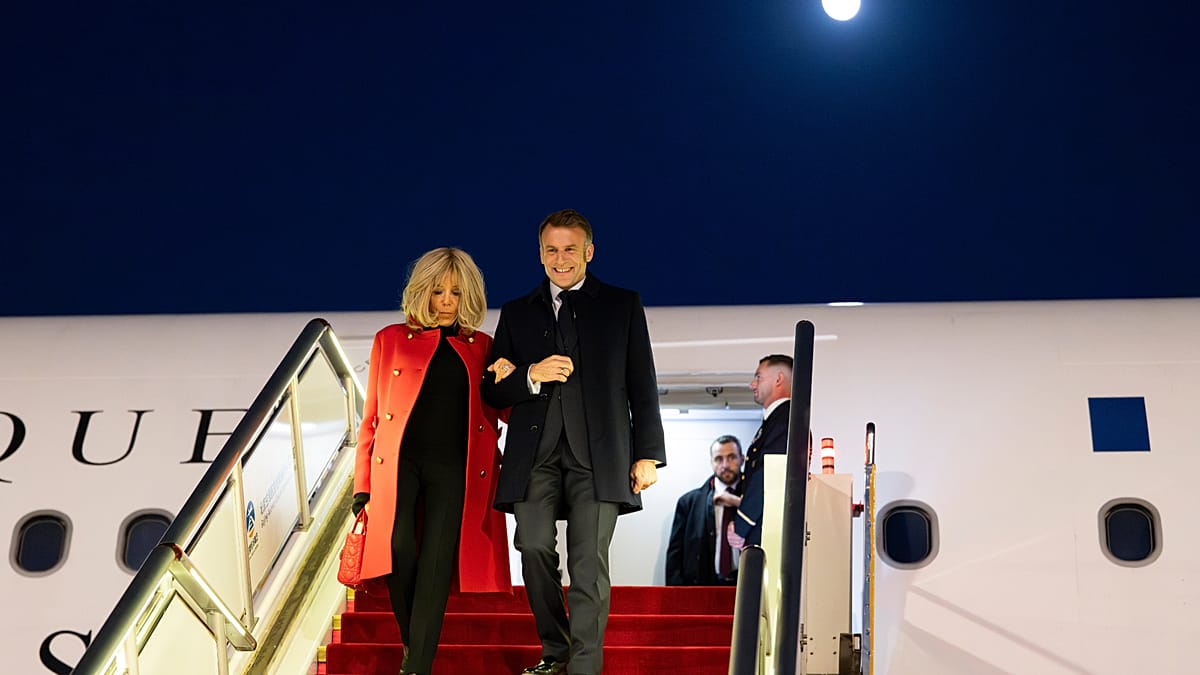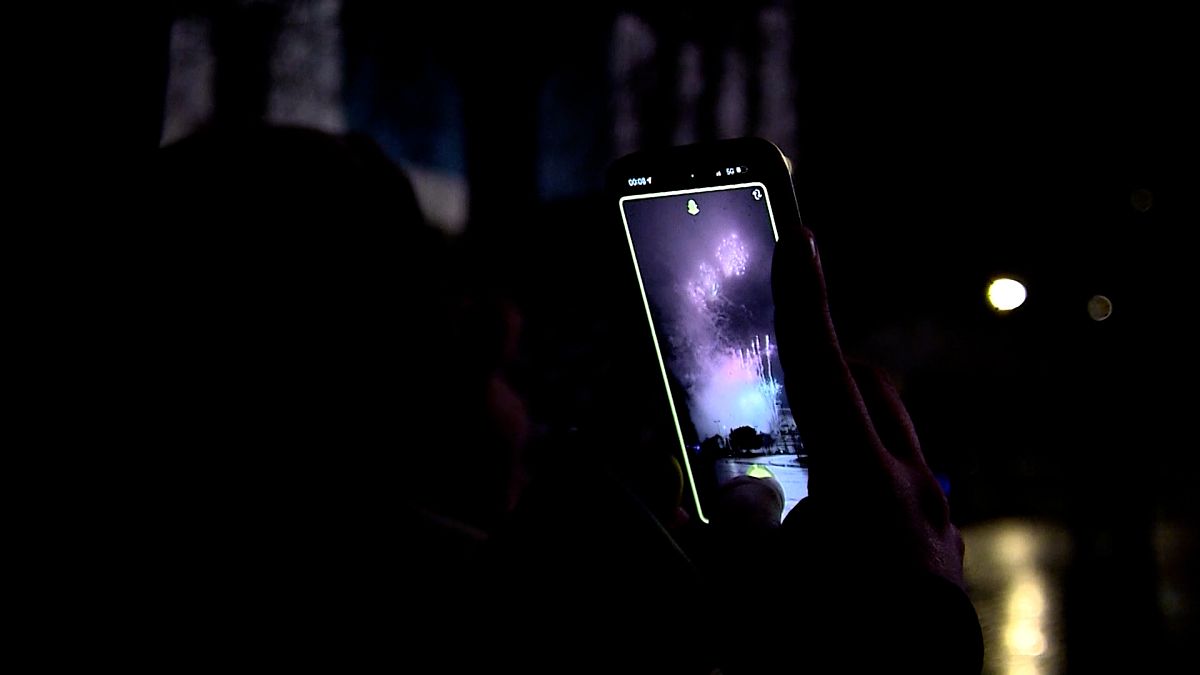The end of liquid restrictions at EU airports and extra luggage fees? Not so fast

Are you about to go on holiday within the EU but afraid you’ll run out of soap and shampoo, as the airport you’re departing from has the age-old 100 millilitre limit rule for hand luggage in place? Or that your carry-on bag will cost you an extra fee at the gate?
There is some good news: airports across the European Union may soon start scrapping the liquid restriction for hand luggage, which has been an unpopular rule for years.
However, small carry-on luggage remains disputed territory as EU lawmakers pushed to ban airlines from charging passengers for small carry-on luggage – a move strongly opposed by the aviation sector.
First, back to liquids. Currently, passengers must not carry liquids exceeding 100 millilitres, with containers to be placed inside a resealable transparent plastic bag holding no more than 1 litre in total.
This rule was introduced in 2006 after authorities foiled a terror plot involving liquid explosives smuggled aboard a plane at London-Heathrow Airport.
It took almost 20 years, but the European Union has now approved scanners capable of reliably detecting liquid explosives, potentially paving the way for the lifting of these long-standing restrictions.
A European Commission spokeswoman said that the new computed tomography (CT) scanners, similar to those used in medical imaging, can reliably identify threats and are able to thus, when the liquids are proven safe, theoretically allow passengers to carry larger bottles. It is now up to individual airports to adopt the technology, she added.
Roughly 700 scanners using the new software are currently in use or being installed across 21 EU countries, according to the Commission. According to news reports, some airports in Germany, the Netherlands, Italy, Spain, and Ireland are among those already using them.
Not an overnight update
Several EU airports had already loosened the liquid restriction in July 2024, as they installed the new CT scanners that can quickly draw a three-dimensional image of a bag’s contents.
But EU officials had raised doubts about the reliability of the new CT baggage scanners. In Germany, for example, the German Federal Police and Frankfurt Airport operator Fraport drew attention to the looming rule change.
The European Commission therefore re-enforced a “temporary” restriction on liquid screening “at certain EU airports” as a precautionary measure from September 1, 2024, albeit a bit more relaxed – the liquids if placed in a see-through bag were allowed to remain in the hand luggage.

The EU’s official approval of the new scanners now paves the way for airports to start using them at their security checks. However, implementation is set to take time due to outdated equipment and technical hurdles.
A spokeswoman for Germany’s airport association (ADV) said full nationwide rollout is complex and expensive, requiring not just the new equipment but structural modifications due to the machines’ larger size.
At Frankfurt Airport – Germany’s busiest –, 40 of about 190 security lanes are equipped with the new systems, with 40 more on order, a spokeswoman said. However, passengers still face the 100-millilitre limit because it’s unclear which scanner will inspect their bags – and some of the new devices are still missing the necessary software.
Munich Airport faces similar delays, with software upgrades postponed until after the busy holiday season.
At Slovenia’s main international airport, Ljubljana Jože Pučnik Airport, German-owned operator Fraport has upgraded its X-ray equipment for screening hand luggage when a new terminal opened in 2021. It already uses advanced technology in accordance with the latest standard (EDS 3.1) for screening hold baggage, which enables three-dimensional analysis of the contents of the baggage and is capable of detecting explosives.
“As far as hand luggage is concerned, we are currently still examining all aspects: benefits, costs, space requirements and the impact on the entire security screening process. This is a major investment, which involves not only the purchase of equipment, but also adjustments to the infrastructure and organisation of the terminal,” the company said.
In Spain, a new CT scanner is also already in operation at Palma de Mallorca Airport and more are in the process of being installed at Adolfo Suárez Madrid-Barajas Airport and Josep Tarradellas Barcelona-El Prat Airport, where they are operational in some inspection lines.
In Romania, the software update necessary to meet the conditions for lifting the restrictions at airports is almost ready. Twelve airports in Romania operate international routes.
The National Company Bucharest Airports informed AGERPRES that lifting restrictions depends on the completion of the installation and commissioning operations of all equipment. According to the project implementation schedule, the completion of those operations was to occur no later than the first quarter of 2026.
The Romanian Intelligence Service (SRI), which carries out security control at all airports in Romania, said in July that lifting restrictions on liquids in hand luggage will be possible exclusively at airports in Romania that have recertified and fully updated equipment.

The fight for ‘free’ hand luggage
A second contentious issue in the field of air travel is the cost of small carry-on luggage. Many low-cost air carriers include only one small on-board item – like a small backpack or laptop bag – in the ticket, charging extra for other hand baggage – a practice deemed unlawful by consumer rights organisations.
In May, about fifteen European associations requested that the European Commission launch an EU-wide investigation into the hand luggage fee policies of seven low-cost airlines.
EasyJet, Norwegian, Ryanair, Transavia, Volotea, Vueling, and Wizzair “impose undue charges on consumers”, the French consumer rights organisation Confédération de la Consommation, du Logement et du Cadre de Vie (CLCV) accused the airlines in a statement.
“The European Court of Justice ruled (…) in 2014 that the transport of carry-on luggage cannot be subject to an additional charge, provided it meets reasonable requirements in terms of weight, dimensions, and safety rules,” the association emphasised.
However, according to the collective of associations, these seven airlines impose charges for reasonably-sized carry-on luggage that they classify as “large”: 36 Euro for Ryanair, nearly 43 Euro for EasyJet, and up to 280 Euro for Vueling if the dimensions defined by the airline are not respected.
In June, the European Parliament’s transport committee (TRAN) adopted a proposal that would allow travellers to bring a personal item into the cabin, such as a handbag or backpack, and a hand luggage of up to 7 kilograms at no extra fee.
The measure, which would apply to all flights departing or arriving within the 27-nation European Union, was adopted as part of a package of amendments to passenger rights rules put forward by the European Commission.
Airlines for Europe (A4E), an industry association, condemned the proposal, suggesting it would result in higher flight prices, upping costs for those who travel light.
Also in June, a Spanish court said it had temporarily suspended heavy fines the leftist government imposed on budget airlines Ryanair and Norwegian Air. The consumer ministry announced fines against five companies in November for what it identified as “abusive practices”, including charging for hand luggage, providing misleading information and a lack of price transparency.
Irish no-frills carrier Ryanair was specifically fined for charging passengers a “disproportionate amount” for printing their boarding passes at terminals when they did not have them. The British low-cost carrier EasyJet and Spanish airlines Volotea and Vueling were also among the punished firms.
The European Parliament’s transport committee proposal on carry-on luggages must go to a vote by the full Parliament next. They are subject to change as they will need to be negotiated with and approved by member states before they can enter into force.
This means consumers will have to wait a bit longer if they are hoping to pack bottles of local wine or olive oil in their free-of-extra-charge hand luggage.
This article is an enr Key Story. The content is based on news by agencies participating in the enr.




